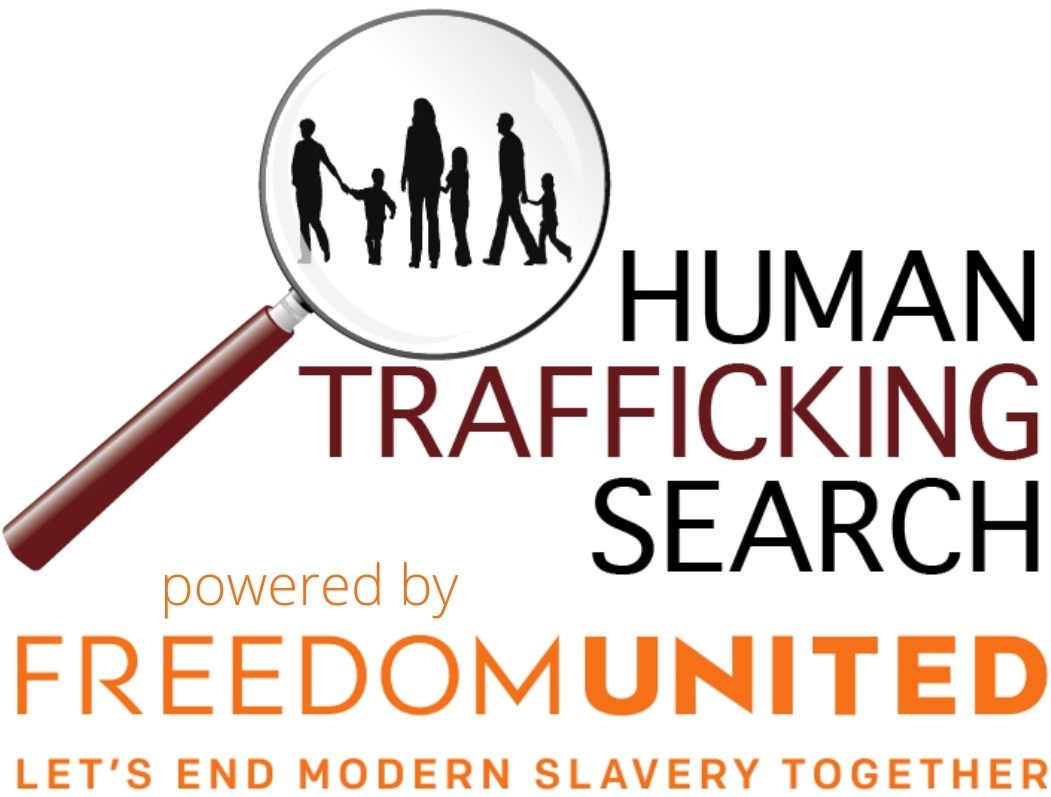Sign up for our news digest
I agree to receive email updates from Human Trafficking Search. I may unsubscribe at any time.
Government
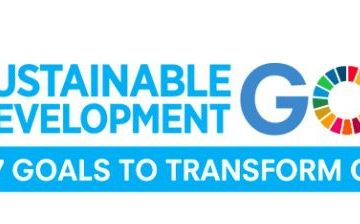
2030 Agenda for Sustainable Development and Human Trafficking
Global leaders convened at a United Nations summit in September, 2015 and adopted 17 Sustainable Development Goals (SDGs) for the 2030 Agenda for Sustainable Development. The SDGs focus on people, the planet, prosperity, peace, and partnership. With these new goals, member states that were present at the summit are expected to establish a national framework to end poverty and fight inequality. The 2030 Agenda for Sustainable Development will help combat human trafficking through goals 5, 8, and 16.
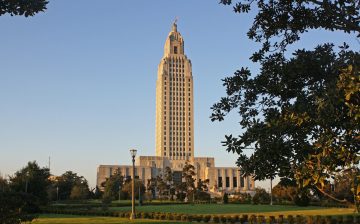
‘Modern-Day Slavery’: Many Southern States Have Prison Inmates Working in Governor’s Mansions and Capitol Buildings
When activist Sam Sinyangwe was awaiting a meeting with the governor’s office at the Louisiana state capitol building in Baton Rouge, he noticed something odd. A black man in a dark-blue jumpsuit was printing papers while a correctional guard—with a badge and gun—stood watching over him. The pair stood out against the white, middle-aged legislators populating the building.
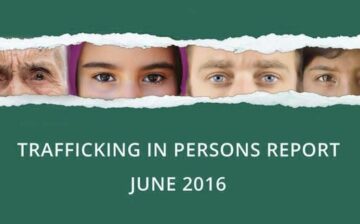
U.S. Senators Put Forth Legislation to Amend the Trafficking in Persons (TIP) Report and Current US anti-Trafficking Law
The US State Department Trafficking in Persons Report is regarded as one of the most reliable resources on how countries around the world handle the complex issue of human trafficking. Using a tier-ranking system, the TIP report ranks countries Tier 1, Tier 2, Tier 2 Watch List, or Tier 3 based on a set of criteria to prosecute and prevent all forms of human trafficking.
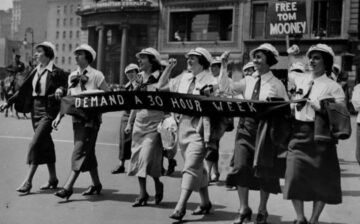
Know your rights this May Day
Worker’s rights are a cornerstone of the anti-trafficking movement. Protecting both children and adults from labor exploitation, forced labor, and labor trafficking are essential to mitigating the proliferation of modern day slavery. To celebrate this May Day, we want to make sure everyone reading our blog is aware of their worker’s rights!

Human Trafficking and Armed Conflict
Armed conflict and human trafficking frequently coincide. Complex emergencies such as armed conflict, civil wars, and genocide mean vulnerable populations are at an increased risk for exploitation and trafficking.
The New Administration and Human Trafficking
Last month, Donald Trump was inaugurated as the 45th president of the US. So far, his administration has passed numerous executive orders that have received intense backlash from the left. In addition, the Republican-led congress has confirmed a number of Trump’s cabinet nominees with strong resistance from the liberal camp.
“Slavery and Human Trafficking Prevention Month”
This January marks the fifth anniversary of “Slavery and Human Trafficking Prevention Month” in the United States.

2016 Highlights in the Anti-Trafficking Movement
In 2016, the anti-trafficking movement has made a number of strides forward in combatting trafficking in persons in the US and abroad. As we look forward to combatting human trafficking in 2017, we wanted to take some time and reflect on the steps forward we took in 2016.
Part 2: Connections between Chattel Slavery and Modern-Day Human Trafficking
Although the Justice for Chattel Slavery and Anti-trafficking movements have yet to work together on eradicating slavery and the historical imprint of slavery in our society, there is a stark connection between the two movements in the US.
Is Your Candidate of Choice Opposed to Human Trafficking?
With the US election right around the corner, it is important for Americans to be informed about where the presidential candidates stand in regards to human trafficking. This blog outlines the positions of Hillary Clinton and Donald Trump on the issue.
